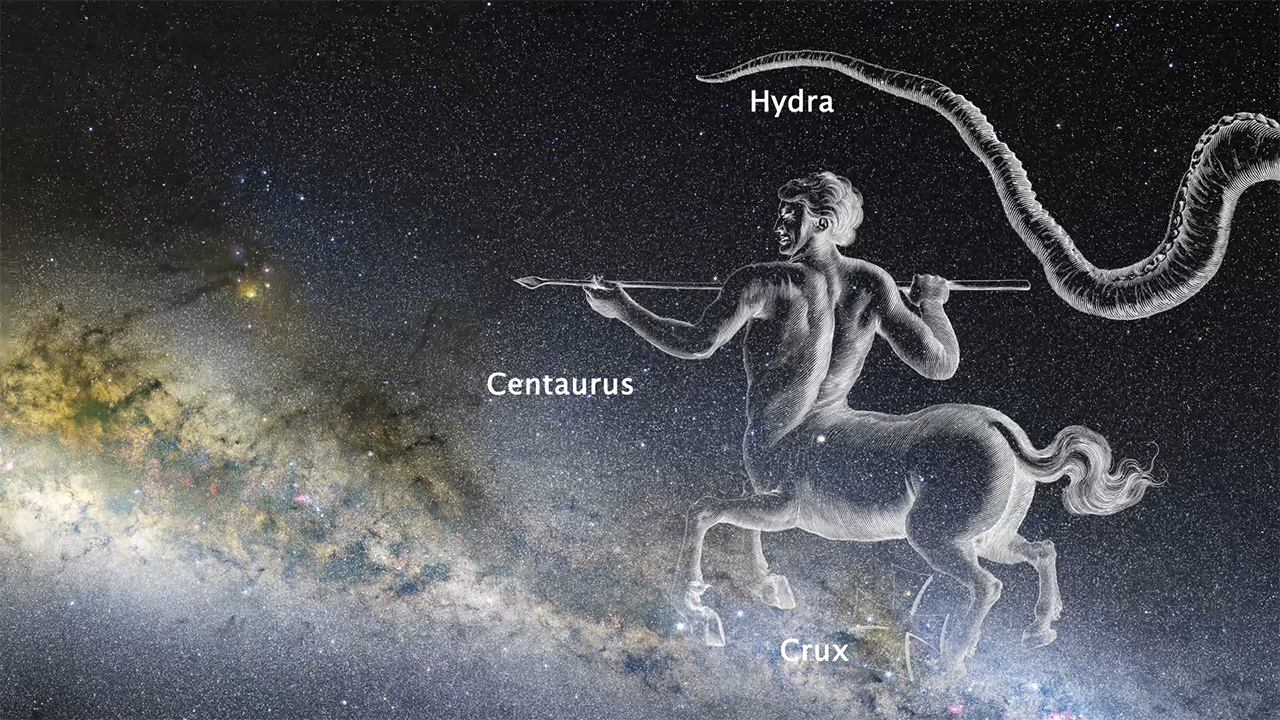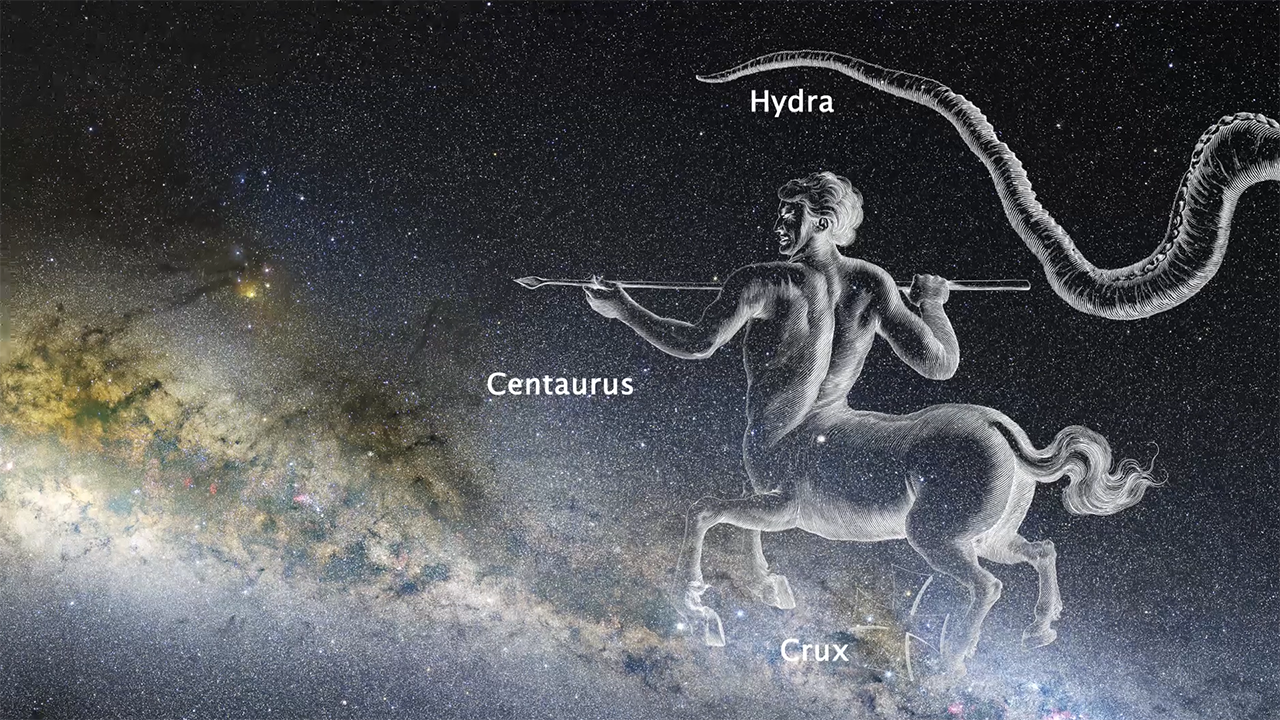1 min read
Neutron Star Collision Creates Kilonova

Panel 1: A pair of neutron stars in a binary system spiral together. Orbital momentum is dissipated through the release of gravitational waves, which are tiny ripples in the fabric of space-time.
Panel 2: In the final milliseconds, the two objects merge and produce a gamma-ray burst lasting just a fraction of a second.
Panel 3: A small fraction of the mass of the merging neutron stars is flung out during the merger. This hot, highly radioactive material expands and its outer layer thins enough for infrared light to escape. At its peak brightness (within a week of the merger) the explosion is about a thousand times brighter than a classical nova and so is called a “kilonova.”
Panel 4: A massive neutron star or black hole remains after the event with an expanding cloud of debris around it. In addition, a powerful “wind” of material flows outward.
- Release DateOctober 16, 2017
- Science ReleaseNASA Missions Catch First Light from a Gravitational-Wave Event
- Credit
Related Images & Videos

Gravitational Wave Source in NGC 4993
On August 17, 2017, the Laser Interferometer Gravitational-Wave Observatory detected gravitational waves from a neutron star collision. Within 12 hours, observatories had identified the source of the event within the galaxy NGC 4993, shown in this Hubble Space Telescope image,...

Narrated Zoom into GRB170817A in NGC 4993
This narrated movie zooms into the constellation Hydra to focus on the galaxy NGC 4993. Within this galaxy, a neutron star collision generated gravitational waves and an associated gamma-ray burst (GRB). It also resulted in a glow called a kilonova that was visible to telescopes...

Zoom into GRB170817A in NGC 4993
This movie zooms into the constellation Hydra to focus on the galaxy NGC 4993. Within this galaxy, a neutron star collision generated gravitational waves and an associated gamma-ray burst (GRB). It also resulted in a glow called a kilonova that was visible to telescopes...
Share
Details
Claire Andreoli
NASA’s Goddard Space Flight Center
Greenbelt, Maryland
claire.andreoli@nasa.gov


































